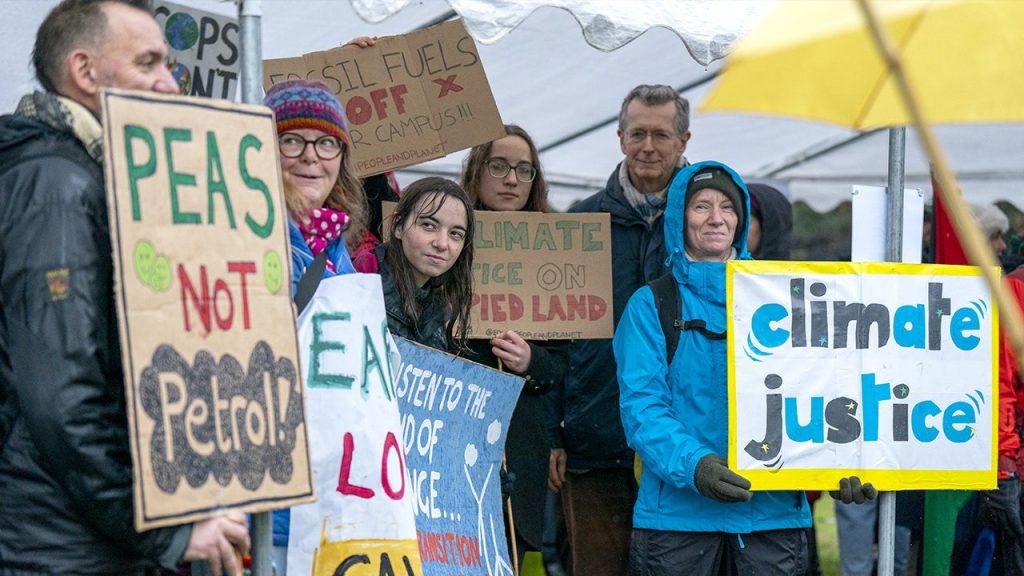The Scottish government is expected to abandon its target of reducing greenhouse gas emissions by 75% by 2030 due to a history of missing annual emission targets. Experts claim it is now impossible for the country to meet this goal by the end of the decade. While the final goal of reaching “net-zero” by 2045 will remain, Scotland is reworking its climate objectives. The Climate Change Committee (CCC) warned that Scotland has lost its lead over the rest of the UK in tackling climate change issues, raising concerns about the country’s progress in this area. Last year, ministers failed to publish a plan required to detail how they would meet the emission reduction targets, further highlighting the challenges faced by Scotland in reaching its climate goals.
Scotland’s previous goal was to cut greenhouse gas emissions by 75% by 2030, compared to the UK’s target of 68% by 2030. Chris Stark, chief executive of the Climate Change Committee, expressed that the target was too ambitious, calling it a failure of the Scottish government to provide a climate change plan that is fit for purpose. This marks the first time in the UK that there is a target deemed unattainable, signaling the need for a reassessment of Scotland’s climate strategy. Despite these setbacks, the commitment to achieving net-zero emissions by 2045 remains in place, indicating a continued focus on environmental sustainability in the long term.
Greece has proposed the establishment of two marine parks as part of an $830 million environmental protection program, showcasing a global effort to address critical environmental issues. The creation of marine parks can help protect aquatic ecosystems and preserve biodiversity, contributing to the broader goal of safeguarding natural resources for future generations. This initiative reflects a growing recognition of the importance of environmental conservation and the need for proactive measures to mitigate the impacts of climate change and human activities on the planet’s ecosystems.
The plumbing problem at Glen Canyon Dam threatens the water supply of the Colorado River system, underscoring the vulnerability of critical infrastructure to environmental threats. As climate change intensifies, the risks of water scarcity and ecosystem disruptions increase, posing significant challenges to water management and sustainability. The incident highlights the importance of investing in resilient infrastructure and adopting adaptive strategies to address the impacts of climate change on vital resources such as water. By prioritizing environmental protection and conservation efforts, governments and organizations can work towards ensuring the resilience and sustainability of critical water systems in the face of evolving environmental challenges.
In light of these developments, it is evident that governments and organizations need to reassess their climate goals and strategies to address the growing challenges posed by climate change and environmental degradation. By acknowledging the limitations of current targets and plans, stakeholders can work towards developing more realistic and effective approaches to address emissions reduction and environmental protection. Collaboration, innovation, and investment in sustainable practices are essential for achieving long-term environmental sustainability and resilience. By focusing on these priorities and adopting a holistic approach to climate action, countries can enhance their efforts to mitigate the impacts of climate change and protect the planet for future generations.
Overall, the need for proactive and decisive action on climate change and environmental protection is becoming increasingly urgent. By reevaluating targets, implementing sustainable practices, and investing in resilient infrastructure, countries can enhance their capacity to address climate challenges and safeguard essential resources. Initiatives such as marine parks and environmental protection programs demonstrate the global commitment to environmental conservation and highlight the importance of working collaboratively to achieve sustainable development goals. Through collective efforts and strategic planning, governments and organizations can make meaningful progress towards a more sustainable and resilient future for all.


